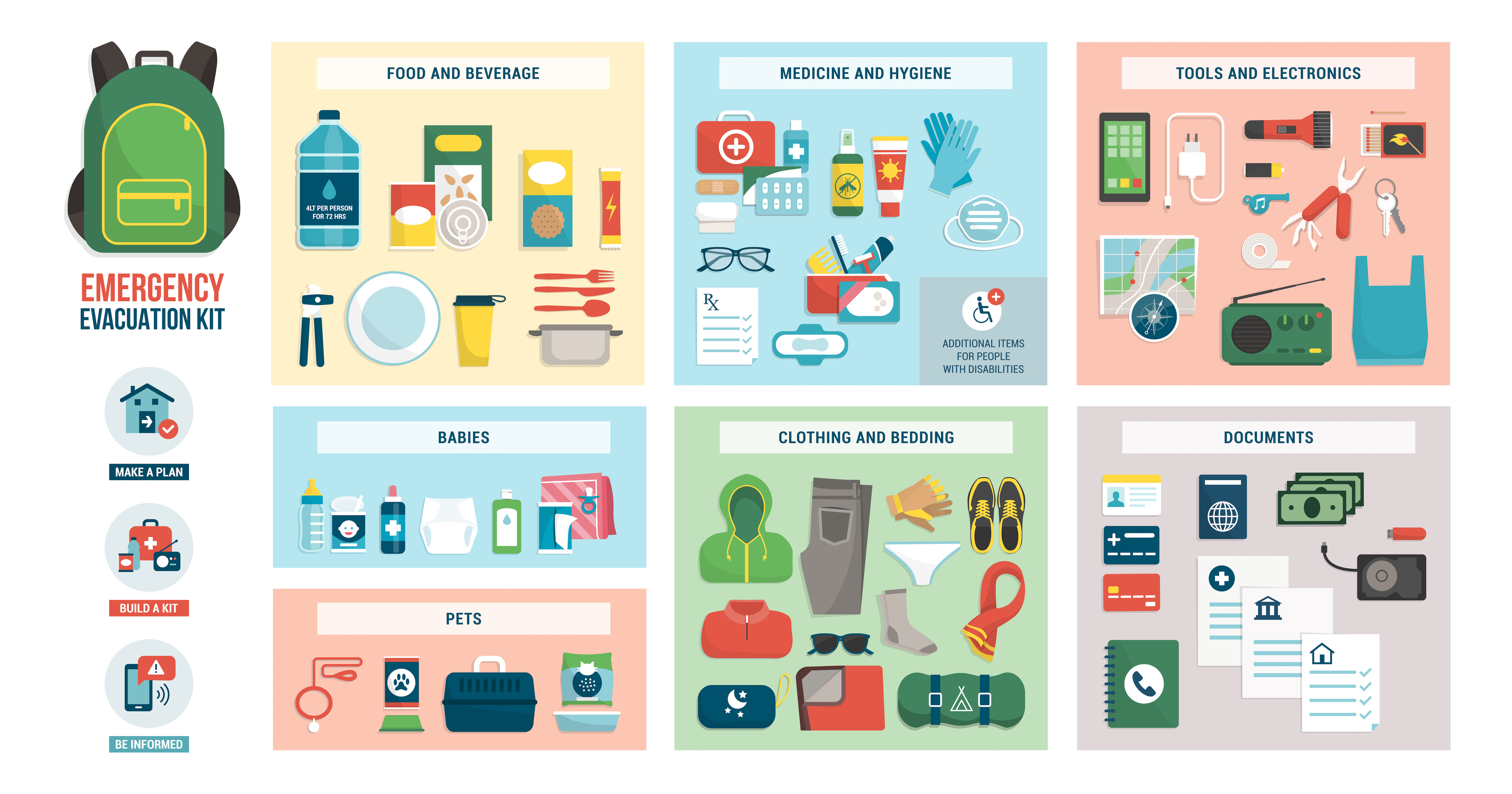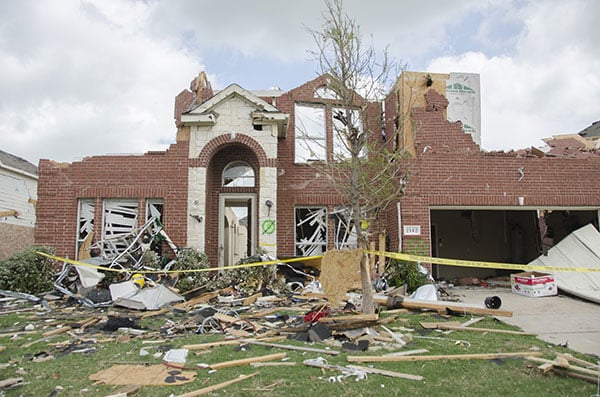Each HOA consists of individual properties, and each homeowner is responsible for preparing for potential local weather disasters and emergencies.
Are you prepared for an emergency at home? Local disasters can occur in a variety of ways. You may need to shelter in place for one or more days at any moment, due to anything from a simple power loss to seasonal storms.
You should be aware of the threats in your neighborhood and ensure that you are prepared in the event that power, water, or street access is lost.
Preparing for Known Disasters
- Power Outages
- Winter Storms
- Seasonal Storms and Tornadoes
- Tropical Storms and Hurricanes
- Earthquakes
- COVID Quarantine or Lockdown
Which disasters are the most likely to occur in your region? For example, are you somewhere that gets snowed over the winter or gets hit by the yearly hurricane season? Are you on a shaky fault line, or is your area subject to violent springtime or autumn storms?
Depending on what you're preparing for, you can determine the best emergency preparedness kit.
Personal Emergency Kit Requirements
- Personal medications
- Medical supplies or backup batteries
- Per-person household supplies
Your second primary consideration is who will be using the emergency kit. For each person, include an emergency stock of personal medications, medical supplies, batteries for medical devices. Make sure you consider how many people will live in your household when stocking your equipment.
Emergency Preparedness Kit Checklists
Basic Emergency Kit Items
- Flashlight and spare batteries
- Candles
- Blanket and sleeping bags
- First aid kit
- Packaged and dry foods
- Canned foods and can opener
- Bottled water or water filters
- Solar phone/battery charger
- Baby wipes
- Garbage bags
- Duct tape and scissors
- Toolkit
- Mobile Hotspot
- Matches or Lighters
- Pet Food
- Toiletries
- Unplugged games and toys
Winter Storm Emergency Kit
- Extra blankets and warm clothes
- Chemical heating packs
- Snow shovels
- Extra firewood and burnable scrap
- Camp stove, fuel, and cook pots
- Thermoses and Tumblers
- Tin Foil
- Roasting Forks
Tropical Storm & Hurricane Emergency Kit
- Water filters and extra freshwater containers
- Tarps and roofing nails
- Submersion pump
- Zip plastic bags
- Evacuation route maps
COVID Lockdown Emergency Kit
- Extra face masks
- Gallons of sanitizer
- A delivery table on the porch
- Soups and broths
Know Your Emergency Response Plan
When a major storm or other emergency occurs, what is your plan? First, consider the most likely disasters in your region and decide your best course of action ahead of time. For example, you might make plans to evacuate from a hurricane at the first warning signs to visit a relative up the road. Or you might decide to hunker down for any storm and get extra supplies to tape the windows.
Pay attention to early warning signs and ongoing emergency alerts, so you know when and how to take action. Then determine how long you will be staying - and how long into a disaster you will need to make other plans.
Planning for Mail Service
If you rely on an essential piece of mail like social security or a pension check, take measures to go paperless. In a weather-related disaster, mail may be delayed or even lost en-route. The best way to make sure your essentials arrive is to sign up to receive them online instead.
For example, you can sign up for direct deposit of your usually-mailed funds to ensure that during a disaster, you get the money you need to keep going when it matters most. If you get federal benefits, you can sign up by calling 800-333-1795 or signing up online.
Getting Your Home and Neighborhood Ready for Likely Local Disasters
Every home has the risk of a local emergency. Needing shelter in place is a normal part of living in an area with seasonal storms or heavy snows. Plan ahead. Make sure you and your household have everything you need in case of an emergency. You'll be glad you did.
Subscribe to Our Blog!




